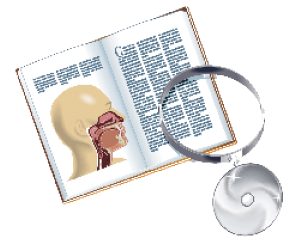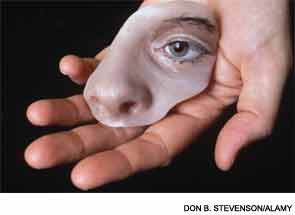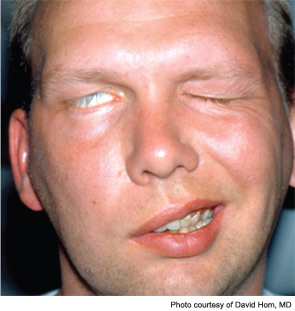Studies confirm the prognostic value of ENoG testing performed between 3 and 14 days after onset of complete facial paralysis


Studies confirm the prognostic value of ENoG testing performed between 3 and 14 days after onset of complete facial paralysis


Ways to manage the inferior turbinate, perform septoplasty while preserving the septum, and correct the collapsed nasal dorsum were discussed by panelists at the Triological Society’s Combined Sections Meeting in Miami Beach, Fla. in January
What types of iatrogenic facial nerve injuries (IFNIs) are most likely to occur in which circumstances?

Advances in microvascular free tissue transfer have driven up success rates

Autologous fat injections, and injectible fillers such as collagen and poly-L-lactic acid, can yield long-term results, but no definitive recommendation can be made

Otolaryngologists must prepare to accommodate a variety of facial structures, learn cultural sensitivity in talking to minority patients

Physicians shared tips to avoid pitfalls of facial plastic surgery and reconstruction at the Triological Society’s 116th annual meeting held during the Combined Otolaryngology Spring Meetings

Cartilage grafting has comparable postoperative hearing results to traditional fascia grafting in pediatric patients, as well as improvement in long-term closure of the tympanic membrane
